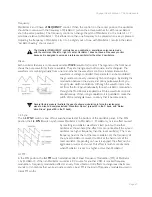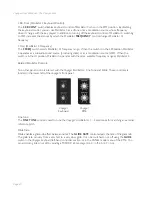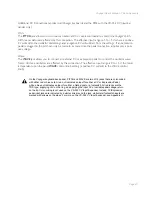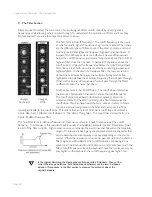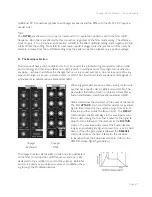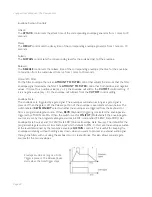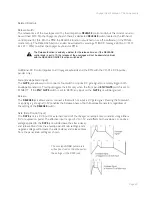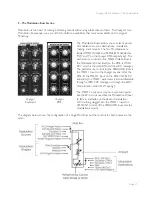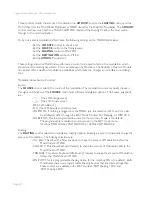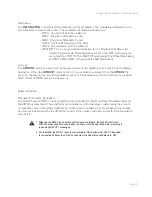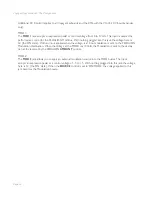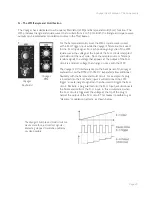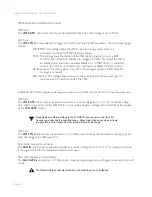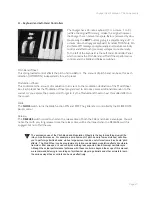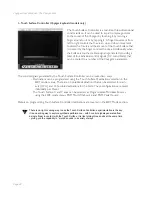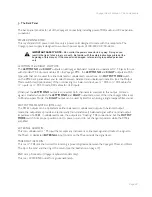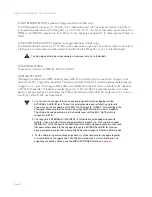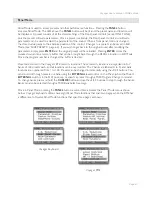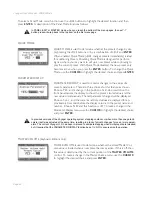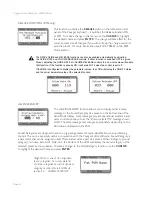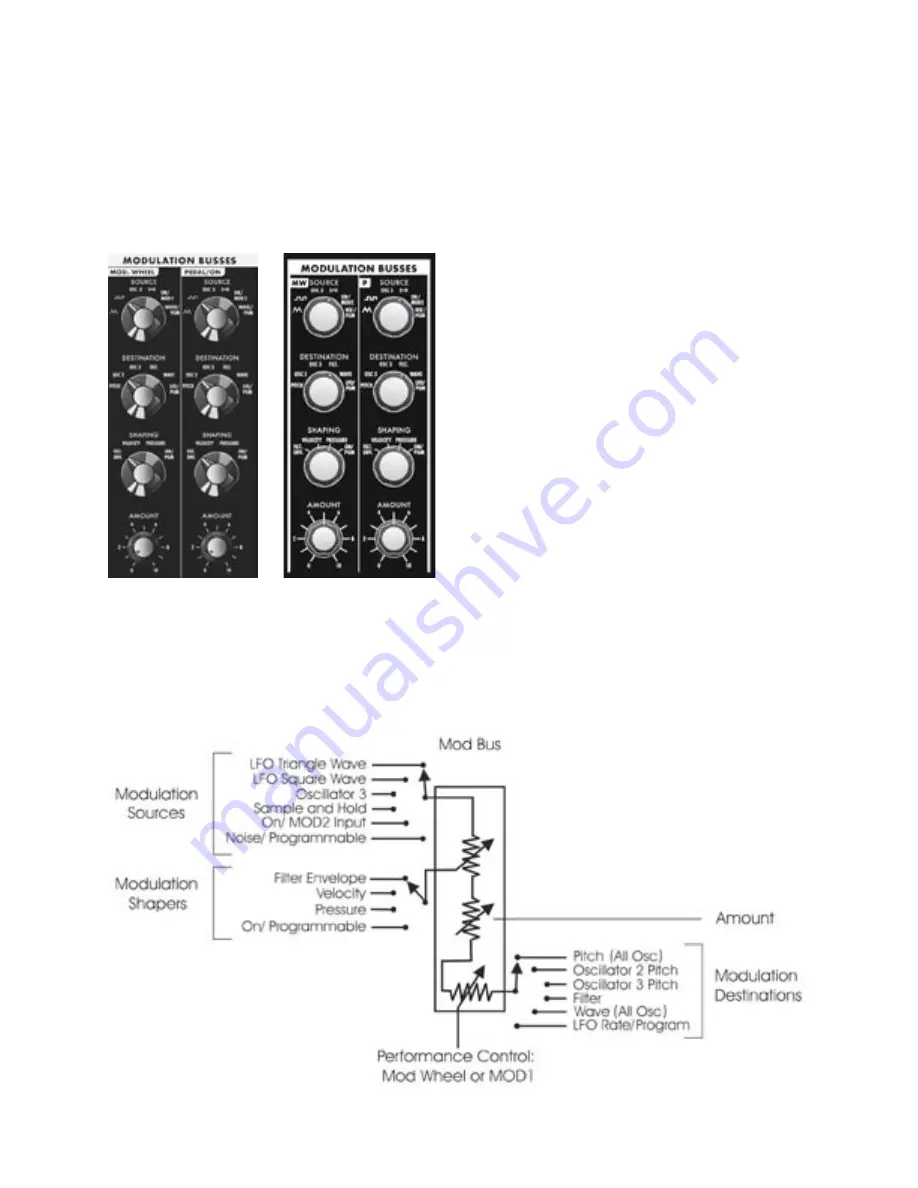
Page 30
Voyager User’s Manual - The Components
Page 31
Voyager User’s Manual - The Components
F – The Modulation Buss Section
Modulation is the heart of making interesting sounds with analog subtractive synthesis. The Voyager’s two
Modulation Busses open up a world of modulation possibilities that were not available on the original
Minimoog.
The Modulation Busses allow you to select a variety
of modulation sources, destinations, modulation
shaping, and amounts. The two Mod Busses are
labeled MOD WHEEL and PEDAL/ON (labeled as
‘MW’ and ‘P’ on the Voyager RME, respectively). The
performance control for the MOD WHEEL Buss is
the Modulation Wheel itself (on the RME, it’s MIDI
CC1, which is the default Mod Wheel CC message).
The performance control for the PEDAL/ON Buss is
the MOD 1 Input on the Voyager keyboard; for the
RME, it’s the MOD 1 input on the RME VX-352 CV
Expander (the MOD 1 parameter is also addressable
through a MIDI CC2 message or through the EDIT
Mode function called ‘Pot Mapping’).
The MOD 1 input can accept an expression pedal
like the EP-2, and is used like the Modulation Wheel
to fade in and fade out the desired modulation.
With nothing plugged into the MOD 1 input, the
AMOUNT control of the PEDAL/ON buss sets the
modulation amount.
The diagram below shows the configuration of a single Mod Buss, but the controls for both busses are the
same.
Voyager
Keyboard
Voyager
RME





